The “Guide to Dermatology Clinical Exam” is a practical resource designed to assist medical students, residents, and healthcare professionals in mastering the clinical examination of the skin. Dermatological examinations play a crucial role in diagnosing various skin conditions, and this guide aims to provide step-by-step instructions, tips, and techniques for conducting a thorough and systematic assessment.
Key components of the “Guide to Dermatology Clinical Exam” may include:
- Introduction to Dermatological Examination: The guide likely begins with an introduction to the importance of dermatological examinations, emphasizing their role in identifying skin disorders, establishing diagnoses, and guiding treatment decisions. It may also highlight the significance of a patient-centered approach, effective communication, and obtaining informed consent.
- Preparation and Setup: Practical guidance on preparing the examination room, assembling necessary equipment and supplies, and ensuring patient comfort may be provided. Proper lighting, privacy considerations, and infection control measures may also be addressed to optimize the examination environment.
- Patient History: Recommendations for obtaining a comprehensive dermatological history, including chief complaints, present illness, past medical history, family history, medication use, and social history, may be included. Understanding the context of the patient’s skin concerns is essential for formulating an accurate differential diagnosis.
- Visual Inspection Techniques: Step-by-step instructions for visually inspecting the skin and mucous membranes are likely outlined. This may involve systematic examination of the entire body surface, including palpation of lesions, assessment of morphology, color, texture, size, shape, distribution, and configuration.
- Dermatoscopic Examination: Introduction to dermatoscopy (dermatoscopy), a non-invasive diagnostic tool used to evaluate pigmented and non-pigmented skin lesions, may be included. Basic principles of dermatoscopy, instrument setup, technique, and interpretation of findings may be discussed to enhance diagnostic accuracy.
- Specialized Examinations: Techniques for conducting specialized dermatological examinations, such as Wood’s lamp examination, KOH preparation for fungal infections, and Tzanck smear for viral infections, may be described. Each examination method may have specific indications, advantages, and limitations.
- Documentation and Reporting: Guidance on documenting examination findings, including accurate description of lesions, photography, and medical record documentation, may be provided. Proper documentation ensures continuity of care, facilitates communication among healthcare providers, and supports medicolegal purposes.
- Patient Education and Counseling: Recommendations for patient education and counseling regarding skin conditions, treatment options, preventive measures, and follow-up care may be included. Effective communication with patients fosters shared decision-making, promotes treatment adherence, and empowers patients to manage their skin health.
- Practice Exercises and Clinical Scenarios: Some editions of the guide may feature practice exercises, clinical scenarios, or case studies to reinforce learning and allow readers to apply their knowledge in simulated patient encounters. These interactive components enhance critical thinking skills and clinical reasoning.
Overall, the “Guide to Dermatology Clinical Exam” serves as a comprehensive and user-friendly resource for mastering the essential skills required for conducting thorough dermatological examinations. By providing practical guidance, tips, and clinical pearls, the guide empowers healthcare professionals to confidently evaluate and manage patients with various skin conditions in clinical practice.
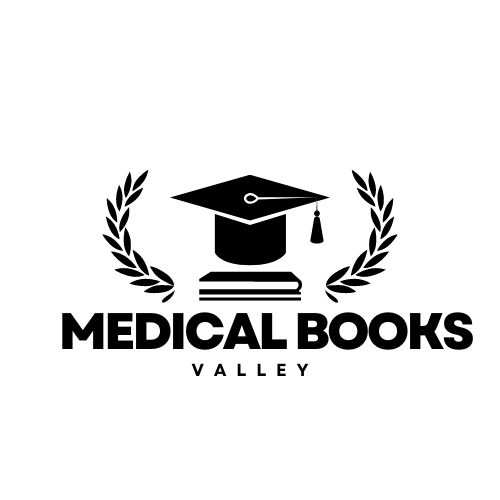
 Anaesthesia books
Anaesthesia books Behavioral Science Books
Behavioral Science Books Cardiology Books
Cardiology Books Obstetric and Gynecology
Obstetric and Gynecology AMC Books
AMC Books Prepladder Notes
Prepladder Notes Stethoscope
Stethoscope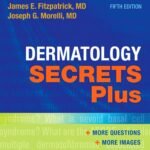 Dermatology Books
Dermatology Books Neurosurgery Books
Neurosurgery Books Dentistry Books
Dentistry Books ENT Books
ENT Books Anatomy Books
Anatomy Books Biochemistry Books
Biochemistry Books Biostatistics Books
Biostatistics Books Plab Books
Plab Books Radiology Books
Radiology Books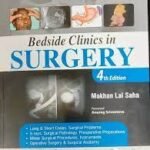 Surgery Books
Surgery Books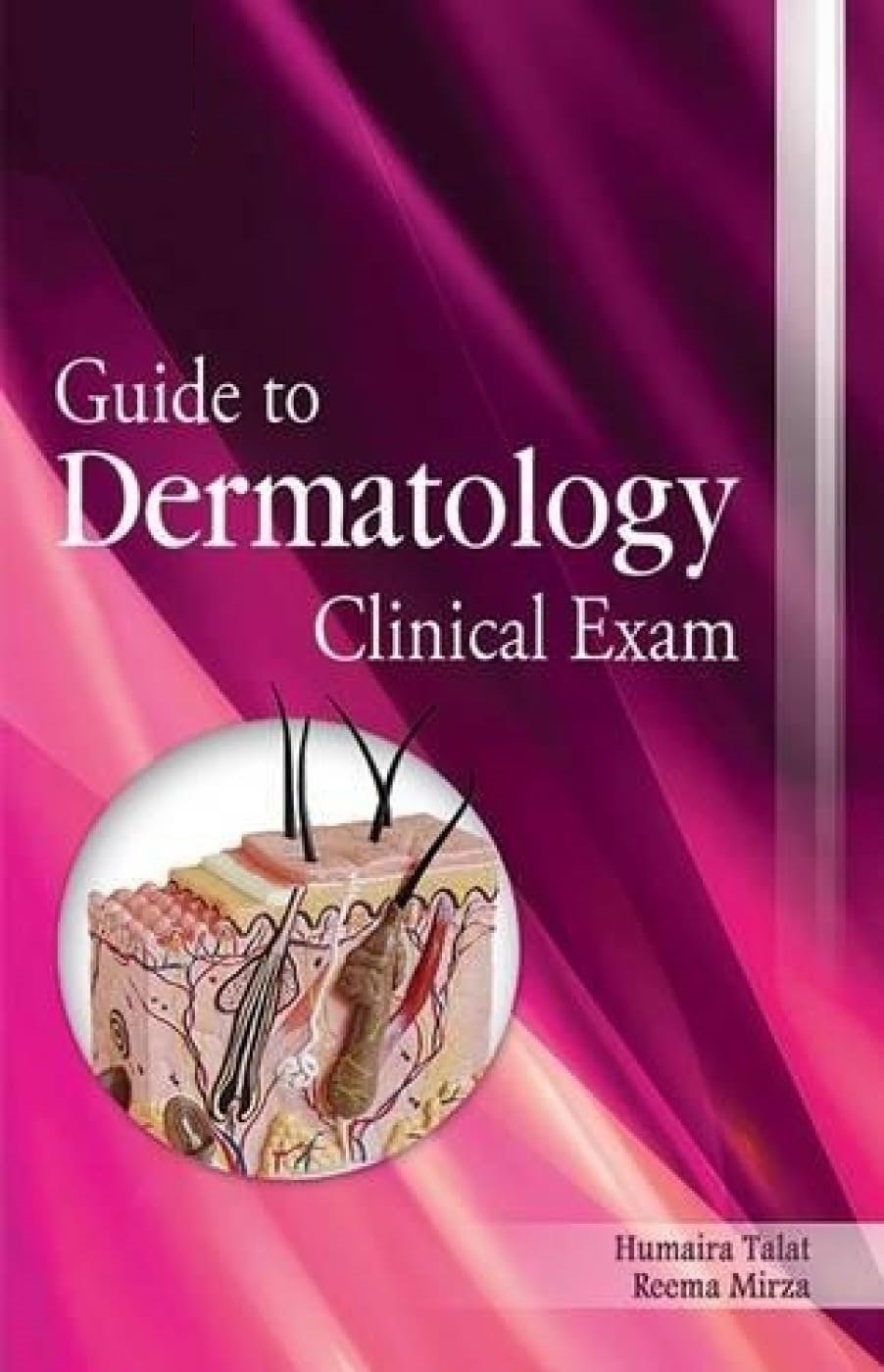
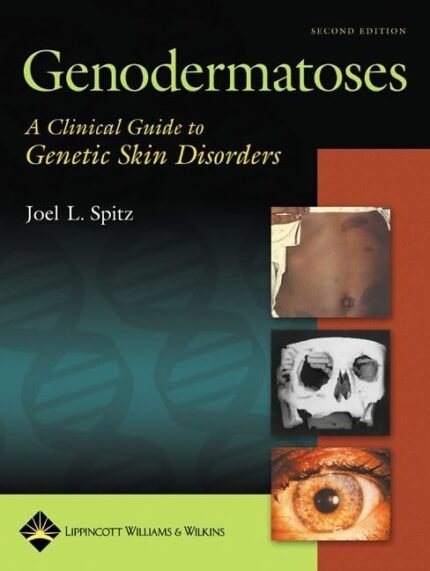
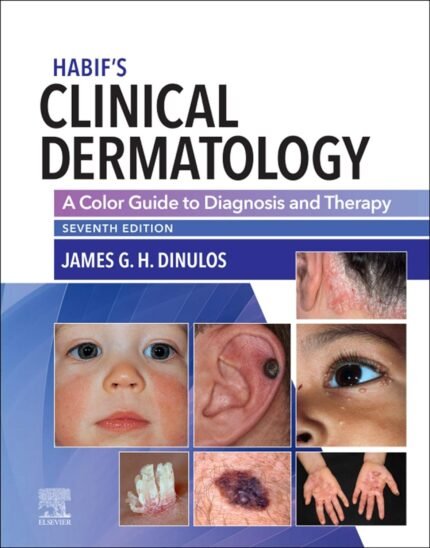


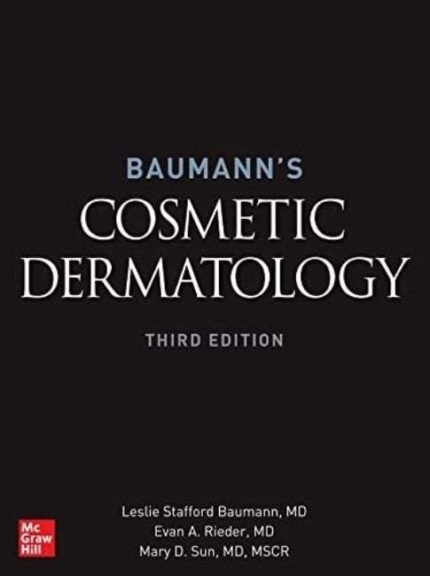
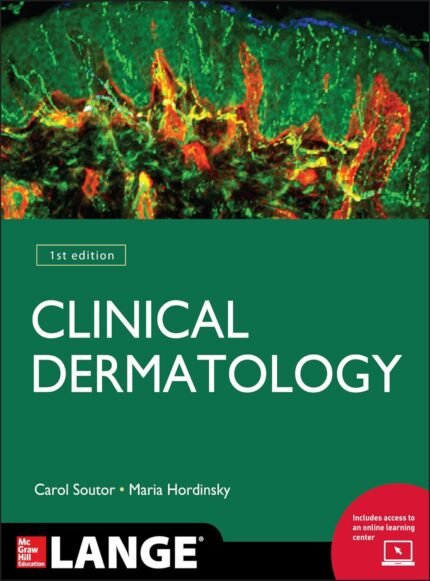

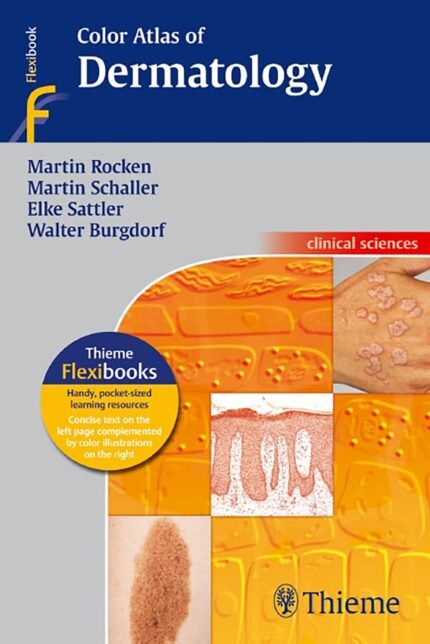

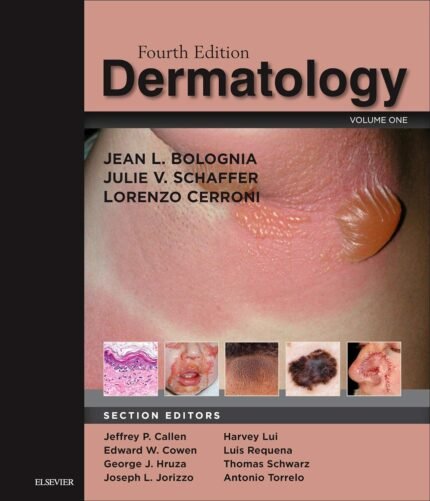
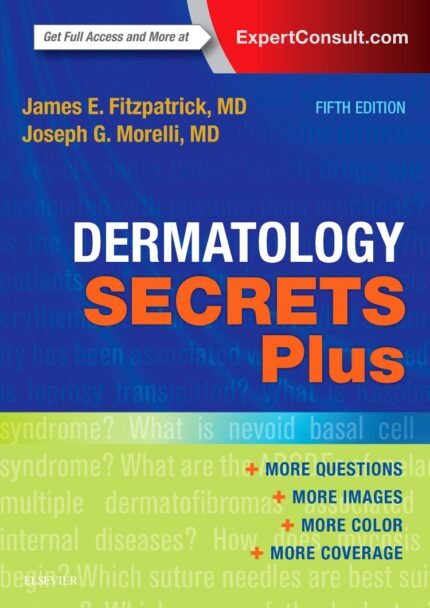

Reviews
There are no reviews yet.